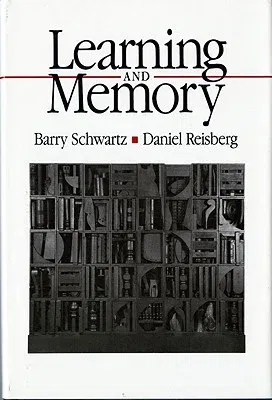Without losing sight of each field's historical development, they
provide modern bridges by which students can observe the cognitive
underpinnings of animal learning and the descendants of associationism
currently under scrutiny by human memory psychologists-in short, a
state-of-the-art presentation that makes clear the commonalities (and
contrasts) of human and animal research.
Learning and Memory includes the most recent findings in the fields:
the study of choice, operant behavior and economics, behavior theory and
memory, implicit memory and unconscious memory, connectionism, concepts
and generic memory, and networks of memories. In presenting these latest
findings, the authors develop selective lines of research rather than
merely listing research finding after research finding. This approach
not only clearly shows students which findings support (or do nor
support) hypotheses, but it also gives students a firm sense of how
experiments are conducted, and science developed.
In addition, a unique chapter, Chapter 14, "Memory and the
Decision-Making of Everyday Life," concludes the book. Drawing from the
previous chapters, it explains how normal memory processes lead to the
heuristics and strategies that guide our everyday thinking. Taking up
heuristics, representativeness, covariation detection, and schema-based
reasoning, including animal and human research, this chapter provides
even more integration of the fields.

